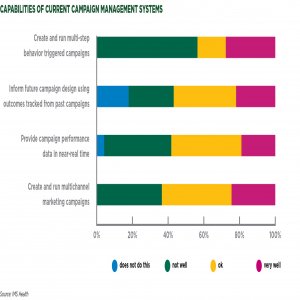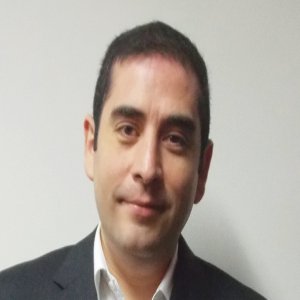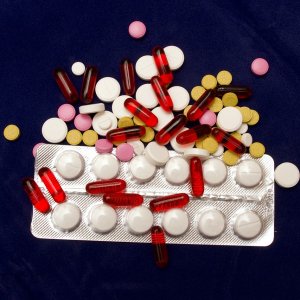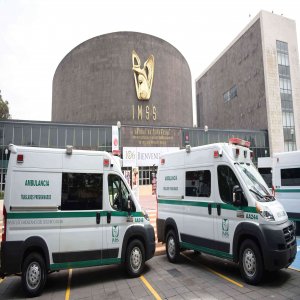High Hopes for Local Manufacturing

STORY INLINE POST
Q: What has been your experience of establishing a foothold in the local market?
A: Globally, many markets have seen price erosion in generic products, but Hetlabs still sells branded generics here in Mexico, maintaining a competitive price base, and supporting the improved regulation that has helped to temper the prevalence of competitors with low quality drugs. We have been operating in Mexico for three years, investing over US$50 million in clinical trials, in pharmaceutical studies, and in registering products. COFEPRIS has successfully audited nine of our factories in India, covering more than 200 products, and we have now attained 22 market authorizations in Mexico. Our Latin American operations began in Mexico, where we partnered with major companies to act as a provider of APIs. We are now looking to open a factory in Mexico to serve as a base for these markets at a cost of US$150 million. At the moment, we only import products to Mexico, but plan to produce finished dosage forms in the country from the first half of 2016, when our manufacturing site is established. Although Mexico was an important manufacturer of APIs in the past, it has lost competitiveness in this field.
Q: How has Mexico’s attractiveness as a healthcare base improved due to recent regulatory changes?
A: The regulation is now clear, allowing for clinical trials to be performed only within the medical community. In the past, such trials were commercial and aimed at gaining data to sell products or formulate a market strategy. COFEPRIS’ regulatory processes mean that Mexico is becoming a much more attractive market for clinical trials. Quality is improving in Mexico along with certainty among consumers and physicians that generics are as effective as innovators, which in turn improves competitiveness and allows the opportunity for direct competition with bigger companies. We own 30%of the HIV market making us market leaders and we are active participants in the WHO Program to combat AIDS, collaborating with African health authorities. We also hold patents for certain antiretrovirals (ARV). CONACYT’s interest in pushing these innovations to market creates a promising opportunity in ARV, in biotechnologicals, and in oncological products.
Q: How easy is it to penetrate the public sector market?
A: Indian companies have generally had limited success in this area in Mexico. For us, it has been easier to focus on our big pharma customers over the last five years that are working on the renewal of market authorizations. For example, we are working with the best ARV companies and we supply products to them. We maintain a good margin because we are vertically integrated. In reality this is a joint venture because they have the image, capabilities for distribution, and market knowledge, and we are experts in product development. Our new factory will be able to supply products to the Government that are not part of any deal with our current customers. We have to respects the contracts and agreements we have with our private partners. So we have some patented products that we will launch directly to the market and for these we have strong partners for marketing and creating their image.
Q: What kind of innovative products are you developing?
A: We produce innovative products in the cardiovascular area for obesity and dyslipidemia, as well as for central nervous system. We are conducting clinical trials for these products, which is essential in gaining the confidence of physicians and improving the image of Indian companies. Regarding biotechnology products, we are not developing innovative biopharmaceuticals at the moment, only biosimilars. However, the only biosimilar product that was registered for the Mexican market, Rituximab, was recently withdrawn. There are plenty of good clinical research centers in Mexico. National institutes of health have excellent physicians, and some of the best doctors specialized in obesity and diabetes are Mexican. Unfortunately, there are not enough investments to develop this area, which should not solely be viewed as the responsibility of the government. The government should be a regulator but the private sector has to provide more services. In Mexico, almost all clinical trials for the pharmaceutical industry are phase III and IV studies. Phase I and II studies also need to be conducted in the country and more companies should invest in this area. The Mexican government is investing in R&D but it is not enough and companies have to invest more in the country.
Q: To what extent does Mexico need to improve its image regarding the quality of the country’s clinical trials?
A: There are plenty of good clinical research centers in Mexico. The National Institutes of Health have excellent physicians. Some of the best doctors specialized in obesity and diabetes worldwide are Mexican. Also, surgeons fly from Mexico to the US to carry out heart surgeries. Unfortunately, there are not enough investments to develop this area, and that is not only the responsibility of the Government. In developed countries, it is the participation of the private sector that drives the development of this sector. The Government should be a regulator but the private sector has to provide more services. In Mexico, mostly all clinical trials for the pharmaceutical industry are phase III and phase IV studies, so phase I and phase II need to be conducted in the country too, and more companies should invest in this area. There are big Mexican companies doing clinical trials for orphan drugs in the US and Mexico. Multi-national companies are losing their patents and they do not have plans to expand their R&D activities to Mexico, unless they identify a particularly big opportunity here, such as the vaccines market. The Mexican Government is investing in R&D in the country, however the budget is not enough, so companies need to invest more in the country.
Q: Pharmacy chains are selling their own brands of medicines and have doctors at the point of sale. How does this impact the pharmaceutical industry?
A: Clinics at the point of sale are a reality nowadays, but it is essential that their doctors comply with regulatory requirements. Authorities must ensure that they provide patients with the medicines that were prescribed. The branded products that pharmacy chains sell are produced with Good Manufacturing Practices (GMP) by other companies, so our challenge is to learn how to compete with such products and to introduce successful branded generics. It is not a matter of choosing between brands, but about visiting a physician and obtaining the product that was prescribed. In this regard, authorities should ensure that physicians are always updated about new medicines and those that are no longer prescribed.
Q: What are your main goals for the next year?
A: Our factory will supply products to the government. We want to be recognized as the best option for branded generics and high quality APIs, and to be among the top 20 pharmaceutical companies in terms of sales. As for generics, we carried out a comparison among Indian and non-Indian companies and, according to IMS health data, we are the most successful company of the last 20 years, despite having entered this market only three years ago. We have 20 market authorizations, which will rise to 40 by the end of 2015.























